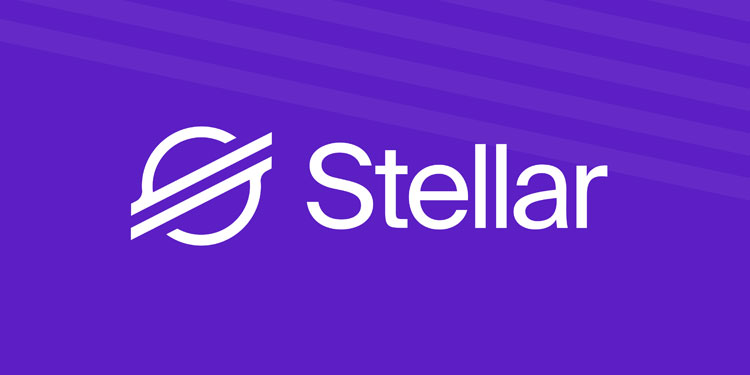
Smart-contracts, which allow programming code to reside on a blockchain, have become a pivotal aspect of decentralized finance (DeFi) and other applications. Ethereum, born a year after Stellar, has established itself as the dominant smart-contracts platform, particularly with the emergence of layer-2 networks like Arbitrum, Polygon, and Optimism. Yet, Stellar faces an array of competitors, such as Solana, Aptos, Sui, Algorand, and projects within the Cosmos ecosystem.
Stellar’s Ambitious Journey into the World of Smart Contracts
Now, Stellar introduces “Soroban,” its project to integrate smart contracts. This significant upgrade, expected later this year, could potentially be one of the most substantial changes to the network since its inception in 2014.
Tomer Weller, a vice president of product at the Stellar Development Foundation overseeing Soroban, expressed the project’s vision: “We see decentralized finance as a big part of the future, and we want to enable that for the users of Stellar.”
The success of the Soroban integration, if it leads to increased user adoption and heightened activity on the Stellar network, may drive demand for Stellar’s native XLM tokens. Notably, XLM has experienced a 46% price increase this year, outperforming Ethereum’s ether (ETH) and Ripple’s XRP.
The Stellar Development Foundation (SDF), a key supporter of network growth through grants and funding, recently partnered with Certora, a security platform, to ensure the safety and reliability of applications developed on the new smart-contracts platform. This move underscores the importance of security and reliability in the development process.
Despite its ambitions, Stellar faces significant competition from Ethereum, a giant with a market value about 65 times larger. Ethereum boasts a substantial developer community and a flourishing DeFi ecosystem. Other factors determining platform selection include considerations of security and speed.
Sean Farrell, a crypto analyst for FundStrat, noted that developers and users often prioritize either security or speed. Security-focused individuals tend to gravitate toward Ethereum, while those valuing speed opt for alternatives like Solana.
Stellar’s foray into smart contracts presents it with intense competition, as there are numerous existing solutions vying for attention.
The Stellar Development Foundation possesses substantial resources to support Stellar’s transformation into a smart-contracts platform. With over 100 employees, the foundation is committed to making Stellar a global payment network standard. Notably, the foundation holds a treasury containing approximately 22 billion XLM tokens, valued at around $2.3 billion at the current market price.
Soroban took center stage at the SDF’s recent conference in Madrid, with multiple sessions dedicated to discussing its implementation. In July, the SDF prioritized engineering work on Soroban, and last year, it established a $100 million “Soroban Adoption Fund” to encourage developer adoption.
Stellar’s partnership with MoneyGram, a global cash-transfer company operating in over 200 countries, provides a significant on-ramp to DeFi. It allows users to deposit cash with agents and seamlessly transition to decentralized lending protocols, eliminating the need for a bank account or centralized exchange.
Soroban’s design choices, such as utilizing Rust as the primary programming language and WebAssembly (WASM) as the instruction format, reflect the project’s commitment to technical innovation and security. WASM offers several technical advantages, setting Stellar in competition with Solana, another blockchain that uses Rust.
A key focus of Stellar’s approach is mitigating “state bloat” or the problem of blockchains accumulating data indefinitely. Stellar’s approach allows some data to expire, addressing lessons learned from Ethereum’s experience with state bloat.
Soroban initiated testing on a test network in September 2023, with plans to launch the main network in the coming months. The launch, expected by the end of the year, represents nearly two years of development work to bring smart contracts to Stellar.
In conclusion, Stellar’s journey into the realm of smart contracts presents both opportunities and challenges. While it may face steep competition, its strong foundation, resources, and deliberate design choices position it as a noteworthy contender in the smart-contracts space. The successful integration of Soroban could open new horizons for the Stellar network and the broader blockchain ecosystem.